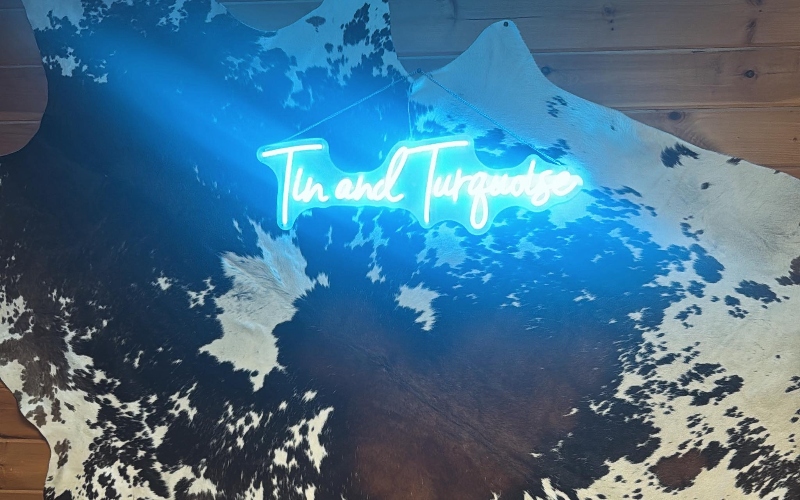Landrum Wanderings: The night visitors
Published 3:36 pm Monday, January 22, 2018

- Linda List feeding the birds on a recent cold morning.
I’m a little weary after the busy holidays. The cold temperatures are making me seek refuge by the fireplace, curled up with a book. I’ve decided I need a little time off. So this week I’m sharing a story with you that I wrote while living in Colorado. It won a writing contest and I think you will enjoy it.
The Night Visitors
In the little patch of land in Golden, Colo. that I call home, snuggled between the mesa of South Table Mountain on the east and Lookout Mountain, the higher peak, on the west, dusk creeps in early as the winter solstice approaches. The gathering clouds are silvery gray. The snowflakes fall softly, sprinkling the grass and dormant garden with a dusting of shimmering, white powder.
Trending
The juncos, the sparrows, the jays, and the finches are gathering around the feeders for their last meal before nightfall. The squirrels are tucked in their warm leaf nests, high in the elms. It’s a magical time in a place that enjoys the miracle of winter, the miracle of trees shedding their leaves, tall grasses turning a tawny wheat color waving in the frigid breezes. It’s a time of long shadows and short days, of rosy cheeks and cold noses wrapped in colorful, woolly scarves.
Slowly night takes over the town. The dark skies twinkle with starlight, a full moon reigns over the frozen landscape. Temperatures drop, wood smoke curls from scattered chimneys. Families gather at dinner and discuss the day. Evening passes, and slowly, the warm lights disappear from neighborhood windows, as the time for sleep has come.
The hour for the night visitors is near.
Who are these visitors? They are the nocturnal animals and wildlife of the mesa. They quietly find their way into our yards and streets while we are soundly sleeping. They search our yards for food. They have lived here for more generations than we know.
We now share their feeding grounds. Their thickets and grazing land have been replaced with gardens, lawns, and blacktop. They let us co-exist but they visit in the dark and leave behind their tracks and signs to let us know they haven’t forgotten the way down the mountain.
The deer leap effortlessly over our low fence. They lick seed from the birdfeeders, they enjoy ears of corn, left behind by the greedy squirrels. They lie down among the dried garden flowers and grasses.
Trending
In the morning we will find their empty matted nests. If waking early, before dawn, we could catch a glimpse of our visitors, six or seven of these big animals lying peacefully in the snow.
Listen! You might hear a great horned owl hooting softly as he sits in our tree. This is his time to hunt. His sharp eyes will scan the mesa seeking a mouse, a rabbit. His wings lift slowly, and he glides up over the rocks of the mountain as silently he begins his search.
Little mice scurry along the crusty snow, taking their turn at seed left behind by the frenzy of feeding birds. I will find their tracks in the morning, light, tiny little footprints winding through the snow.
Could it be the coyotes howling in the night? I hear one, then another and another chiming in. Have they found a victim, a small dog or cat, maybe a rabbit? They are not welcome visitors but this does not concern them. They are seeking food, and that is their mission.
I have heard the fox and their kits screech in the night. I have found raccoon tracks in the snow. I think of them all as our night visitors. They don’t need to be invited. They make themselves at home.
In the morning I check the tracks to see who came calling. The air is cold. I breathe deep and feel the coolness in my lungs. It’s time to fill the feeders, check the suet, and scatter the corn and peanuts. My daytime friends will be here soon. I hear the blue jays shrieking and the chickadees begin their chick-a-dee-dee-dee.
I wrap my scarf tightly around my collar as I wait for the morning sun to peek over the mesa.





